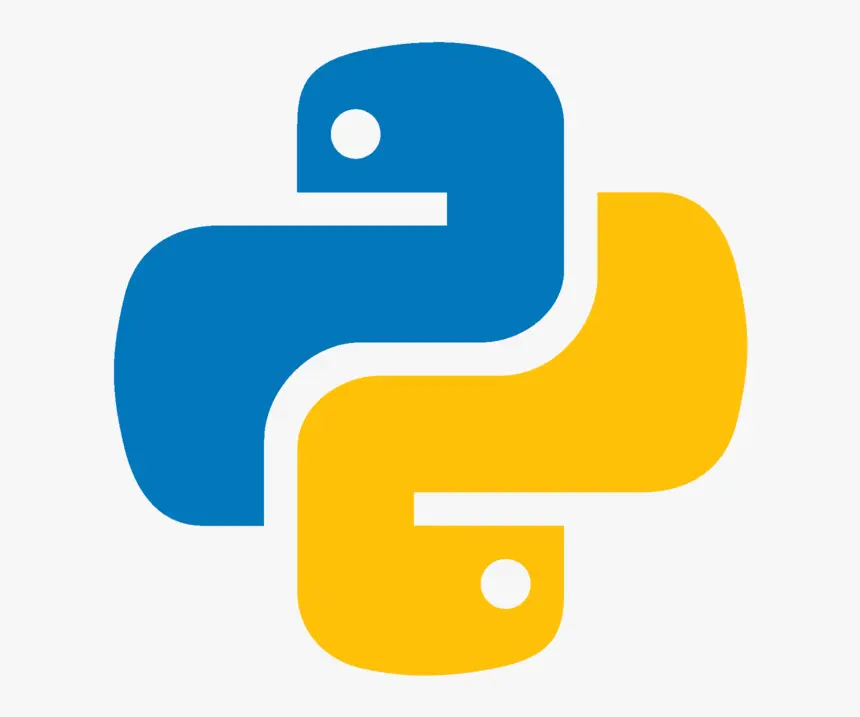this is one of those questions better asked in debian forums if they still haven't released it
Debian will have the new KDE when they do their massive update, otherwise there is the testing and unstable branch to look and see if they have it there.
Unlike snaps and flatpaks, Appimages aren’t containerized or sandboxed at all. They are only used to bundle (some) dependencies, so you don’t need to rely on packages provided by your distro’s package manager.
You might want to look up what Appimages are as well as what containerization is. To help I have found the following.
AppImage aims to be an application deployment system for Linux with the following objectives: simplicity, binary compatibility, portability, distro agnosticism, no installation, no root permission, and keeping the underlying operating system untouched.
As stated Appimages are containerized/sandboxed as it prevents needing to install any files on the OS.
Containerized applications are applications run in isolated packages of code called containers. Containers include all the dependencies that an application might need to run on any host operating system, such as libraries, binaries, configuration files, and frameworks, into a single lightweight executable.
Source: https://cloud.google.com/discover/what-are-containerized-applications
As you can see, once again, your info is incorrect as this is another example of what Appimages are.
The thing about snaps and app image is they are containerized. The idea behind that is to help keep the apps separate from the main file subsystem by sandboxing them from each other as well as not cluttering your hdd with different versions of the same libraries to make them work.
Because of the sandboxing, once you close the app it stops running in the background therefore there is nothing to get notifications from.
IMHO, this is why snap and app image programs are not advisable for programs you may need notifications from on a, generally, required/needed basis.
As for superconductivity, the only way around that problem is to download from source, compile it and let it run natively on your system in the background, or add it to you auto startup list so it is running at boot time.
My father is one of them. Because of his idiotic glorification and idol worship of trump, my family has told him to fuck off. Haven’t talked to him for almost 3 years now. He even believed the big lie
Ponzi schemes, especially the insurance companies. They really are a Ponzi scheme.
Think about it, they promise you things asking for money, then when you need their services they decide where you go, how much they will pay (leaving the rest for you to pay as a deductible), then they turn around and increase your costs for their services, that they fight tooth and nail not to pay anything.
Thanks for this system, already like the looks a little better than I expected. Also thank you for this post for us newbies to the fediverse.

This is nice thanks for sharing